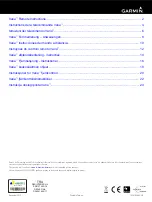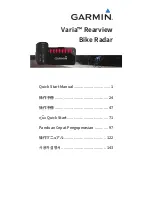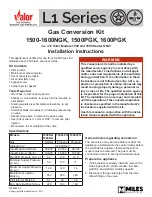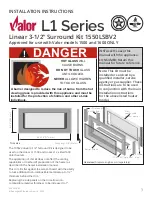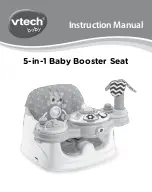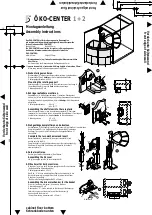
8
6.2 PH Sensor Maintenance
When measuring the pH sensor, it should be cleaned in distilled water (or deionized water), and the filter paper should be used to
absorb moisture to prevent impurities from being introduced into the liquid to be tested. 1/3 of the sensor should be inserted into the
solution to be tested.
The sensor should be washed when not in use, inserted into a protective sleeve with a 3.5 mol/L potassium chloride solution, or the
sensor inserted into a container with a 3.5 mol/L potassium chloride solution.
If the liquid in the cover of the pH sensor dries out, you could replace the liquid with potassium chloride liquid or tap water. Please
do not use purified water or deionized water.
Check if the terminal is dry. If it is stained, wipe it with absolute alcohol and dry it. Avoid long-term immersion in distilled water or
protein solution and prevent contact with silicone grease. With a longer sensor, its glass film may become translucent or with
deposits, which can be washed with dilute hydrochloric acid and rinsed with water. The sensor is used for a long time. When a
measurement error occurs, it must be calibrated with the meter for calibration.
When the calibration and measurement cannot be performed while the sensor is being maintained and maintained in the above
manner, the sensor has failed. Please replace the sensor.
Note:
PH sensor can be placed in water for a long time. If PH sensor is not applicable, please add some water to the sponge in the
protective shell of the probe, and then install the protective shell to the probe position. PH senor can not be exposed to the sun, and
should be placed in a humid environment. If PH sensor is put in the water for a long time, it will consume the electrode. When the
electrode is consumed to a certain extent, the electrode needs to be replaced, and the life span is about half a year.













